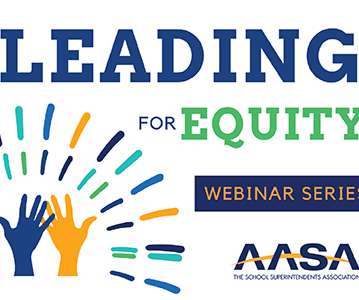Implementing Innovation Strategies to Make School Districts More Equitable
edWeb.net
APRIL 30, 2021
From 2001-2003, he served as Vermont’s Education Commissioner. During his tenure, he focused on aligning the Department of Education’s work on three key issues: early education, educator quality, and secondary school reform. An educator since 1973, Ray has been a teacher, vice principal, principal, and superintendent.














Let's personalize your content